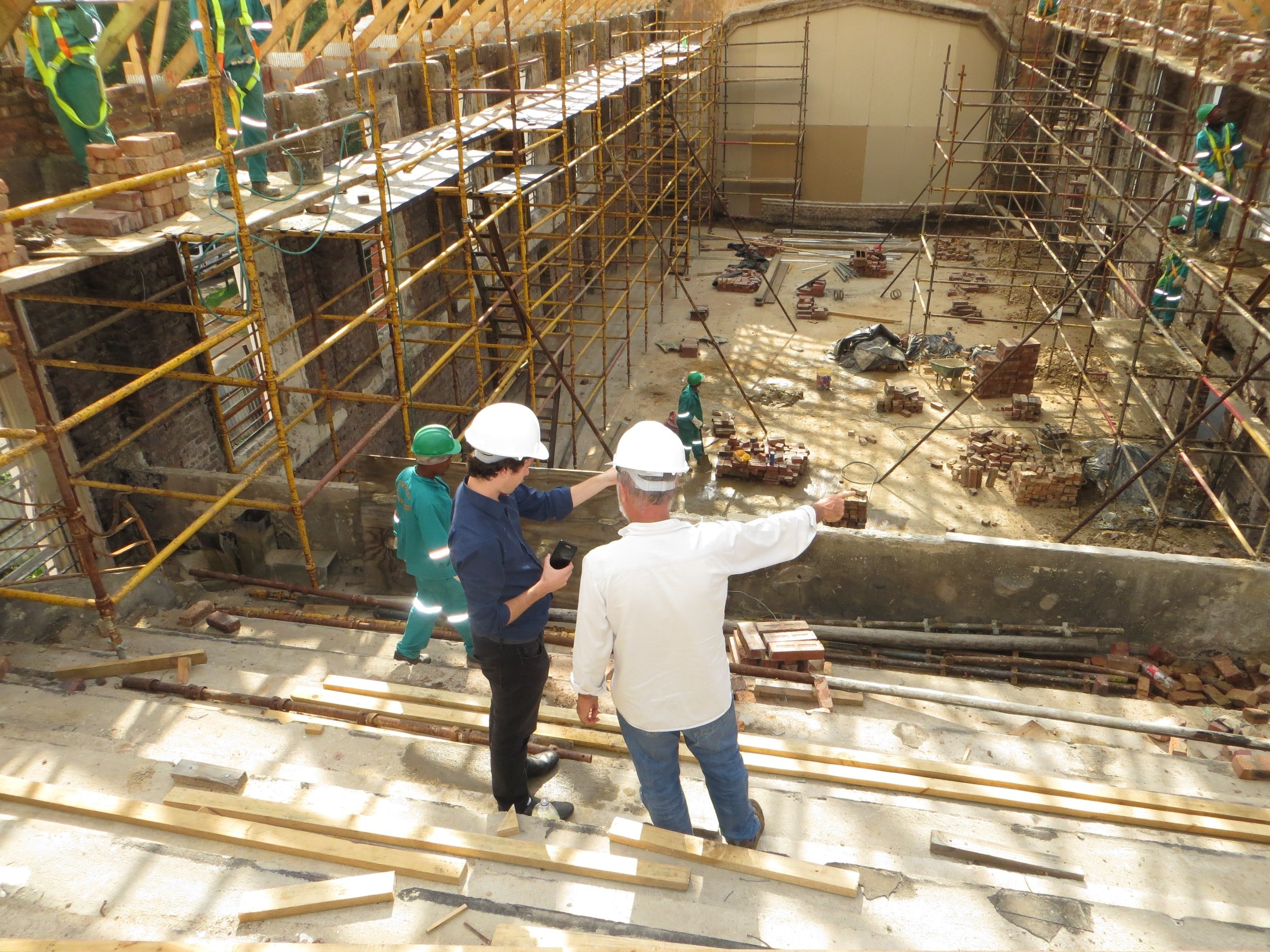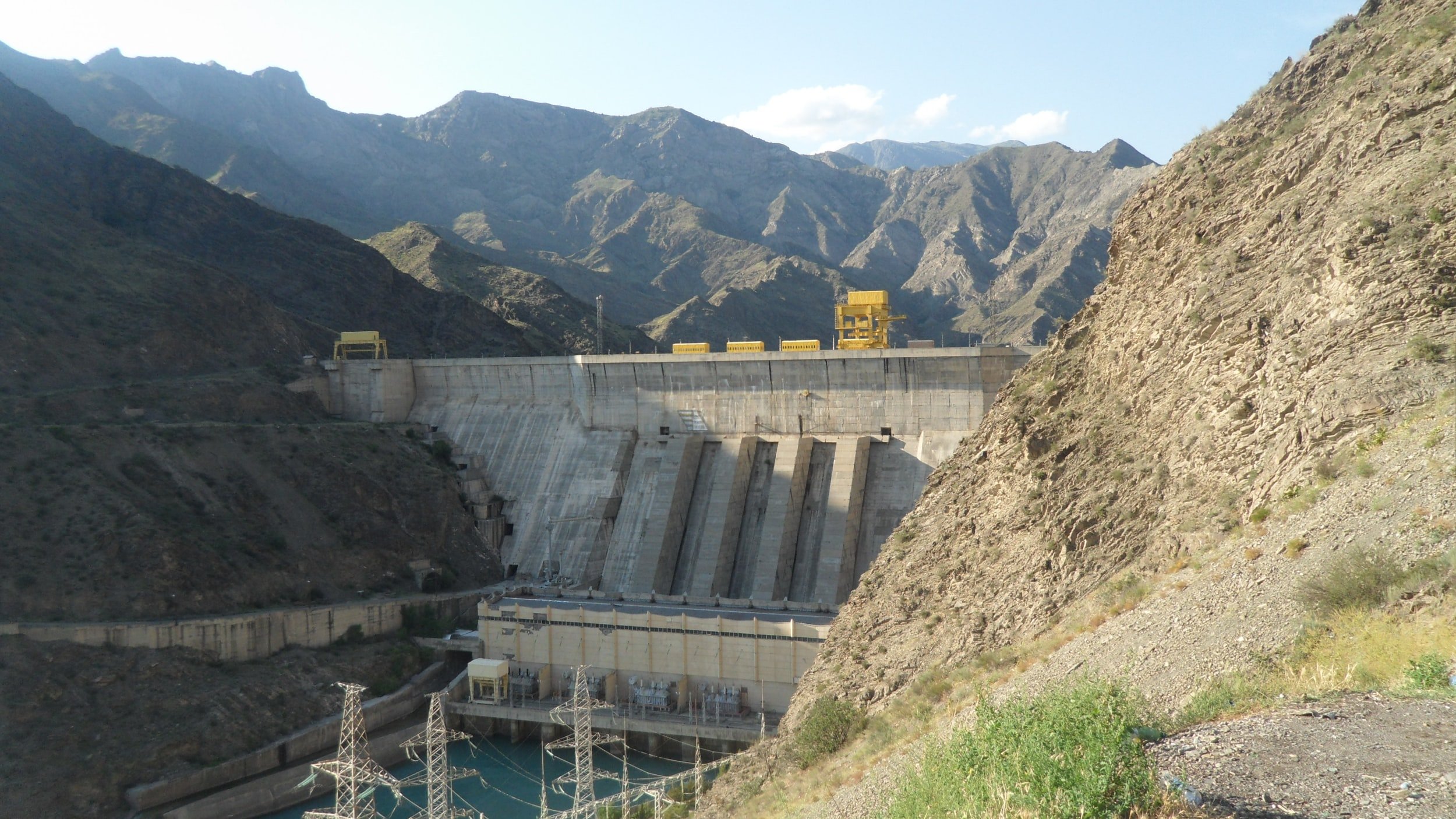The Innovative Use of Renewable Energy in the Construction Industry
/Guest post by Chris Jackson
Going green to create sustainable systems and technology is the best trend currently leading the construction industry’s direction. This movement has shifted many aspects of the building process, resulting in numerous innovative concepts that companies now utilize to optimize their work. One such innovation is renewable energy.
A construction project is a power-hungry undertaking. It will consume significant amounts of energy to power the heavy machinery and equipment needed for the many tasks of erecting a structure. However, there are now sustainable means that help mitigate the carbon footprint that the industry leaves behind.
Carbon Footprint from Construction Activities
While global building energy consumption stayed constant year over year, the 2020 Global Status Report for Buildings and Construction discovered that energy-related CO2 emissions climbed to 9.95 GtCO2 in 2019. This rise is due to a move away from the direct use of oil, coal, and conventional biomass toward electricity. The process produces a higher carbon content because it utilizes many fossil fuels.
Due to the industry's dependency on fossil fuels, construction remains one of the most significant contributors to greenhouse gases. The sector has started supplying its locations with electricity from renewable sources to mitigate these environmental strains.
Renewable Energy
Historically, the construction industry has adopted new technology, including renewable energy, rather sluggishly. However, the advantages of green technology for both the environment and business have become abundantly evident. Renewable energy sources are no longer the pricy, unreliable alternatives they once were.
Construction sites use a lot of electricity for their lighting, HVAC systems, electronic tools, and even electric vehicles. Companies may lower their CO2 emissions, promote the growth of green energy, and encourage an environmentally friendly construction process by harnessing wind, solar, and hydropower energy.
Wind Energy
Construction companies are becoming more enthusiastic about wind energy, an energy source that has been expanding globally. Although wind power is less adaptable than solar, it nevertheless has a place in the energy mix for building projects. Building temporary wind towers might not be practical, but workers can get their electricity from nearby wind generators.
Building sites in the U.S. can access this energy source thanks to the more than 60,000 turbines across many states. The cost of wind energy is between two and six cents per kilowatt-hour. Wind power is also beneficial for the economy. Utilizing this renewable energy helps businesses support wind farm entrepreneurs and green initiatives in all sectors of the economy.
This power source is essential for places like construction sites with no connection to the electrical grid. Teams working on building projects can collaborate with wind farms to use power rather than gas-powered generators. More personnel can utilize this technology as it becomes more readily accessible.
Solar Energy
The most well-known and prevalent energy source is solar power. The construction sector finds ways of using solar energy to power their equipment, even though most solar applications power structures or electrical infrastructure. The industry of solar-powered construction is still young, but it is expanding.
The use of solar energy by construction workers is not limited to large machinery. Teams worldwide have embraced these eco-friendly lighting options since studies reveal that solar lamps are more cost-effective than fossil fuel alternatives. Solar lighting systems can save expenses and emissions while providing the necessary visibility because they are less expensive.
Many construction companies incorporate solar technologies into their construction projects. Translucent panels in photovoltaic windows capture solar energy and convert it to electric power. Compared to fossil fuels, using this renewable resource in a single building can result in greenhouse gas emissions that are 80% lower.
Construction companies can lower their operational costs by utilizing solar energy alongside green roofs, exterior insulation, insulated roof hatch, etc. This strategy optimizes thermal regulation and lessens the burden of a existing HVAC system. By integrating more than one technology, constructions companies are able to save more money.
Hydroelectric Energy
Around 71% of green energy originates from hydroelectric power, the most popular renewable energy source. Construction workers can harness this power through the grid. Teams don't need to use generators in neighboring hydropower plants, as is the case with wind power.
Construction workers can access power from hydroelectric plants because they are prevalent forms of renewable energy sources as compared to other sources. More construction projects can switch to low-emission energy because of this availability, which makes the entire industry sustainable.
Hydrogen Fuel Cells
As a rapidly expanding renewable energy source, hydrogen power has enormous potential for use in the construction sector. Due to hydrogen fuel cells' portability and scalability, they are excellent for the temporary nature of building sites. Although relatively new, hydrogen power is already making significant progress in many construction projects.
Siemens Energy recently created a fuel cell system for powering construction sites. The system can power everything that needs to be plugged in and stores fuel cells in a shipping crate. This system can completely replace gas generators in the construction industry, eliminating most of their emissions.
Companies are now producing hydrogen-based construction equipment to adapt to demand. By 2023, Hyundai intends to commercialize fuel cell excavators. Eventually, the energy source can eliminate on-site emissions if construction workers utilize equipment that uses hydrogen in addition to fuel cell generators.
Expectations for Green Construction
By 2050, according to environmental scientists' predictions, the United States will be entirely dependent on renewable energy. They base this figure on the rapid advances that have been made in sustainable technologies in recent years. As demands rise, the building industry is adopting green technology, which points to a bright future for increased energy efficiency.
Recent electrically-powered construction equipment prototypes are on exhibit at various industry events. A zero-emission industry might be possible by lowering on-site machinery's greenhouse gas emissions. Construction organizations can implement sustainable principles using electric equipment powered by renewable energy sources.
The construction business may also benefit financially from this total change. The development of renewable energy innovation makes materials more economical. And future costs will only drop as this energy consumption becomes more commonplace. Because of this, more enterprises should turn to renewable resources in the future.
Like this? Please pin!
The construction sector may lower its carbon footprint and boost earnings by utilizing green energy innovations. The industry's future lies in the switch to renewable energy-powered electric devices. We will continue to see the integration of green technology into the building design, to the advantage of all, from solar windows to hydropower.
The Takeaway
The road to a more sustainable world is long and challenging, and more developments are necessary to ensure that the advancements produce the best results possible. It will be an exciting time with more innovations as we progress to another year. Talk to a licensed professional if you need to incorporate these technologies into your projects.
Chris Jackson is an experienced Business Development Manager with a demonstrated history of working in the construction industry. He is currently employed by Best Access Doors, an access door supplier in the US and Canada, and has been working for the company for more than 12 years now. His area of expertise is on Negotiation, Roofers, Sales, Project Estimation, and Facility Management (FM).
You may also be interested in














































